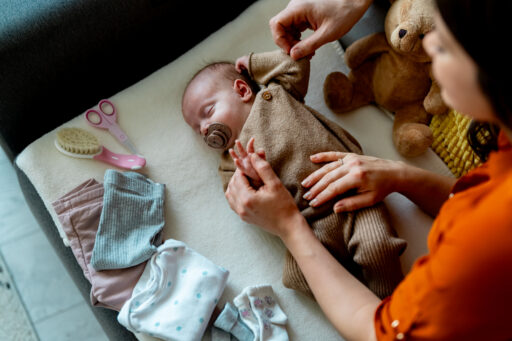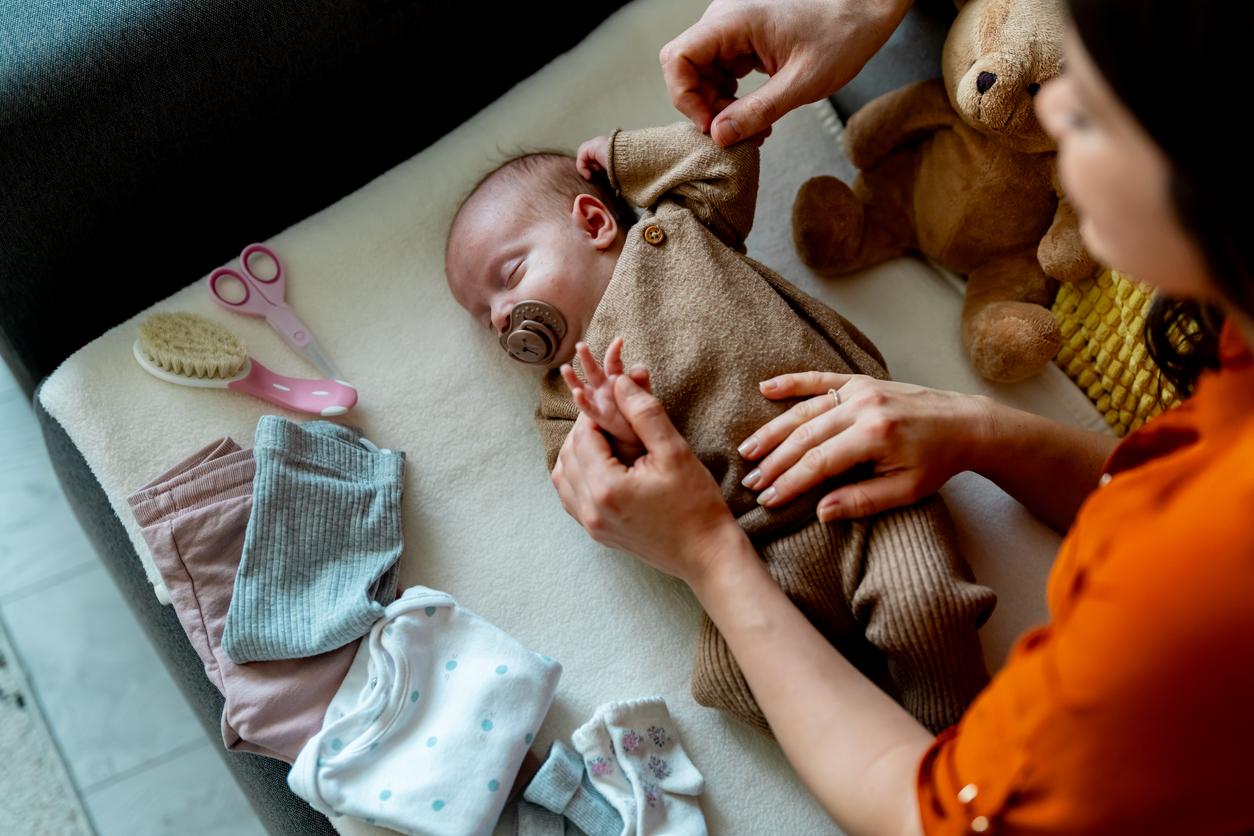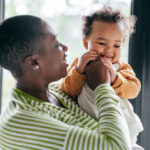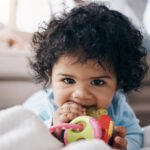Dressing Your Baby for Sleep: How to Avoid the Overheating vs. Freezing Dilemma
Healthy’s Summary
New parents, we get it—figuring out what your baby should wear to bed feels like a high-stakes guessing game. Too many layers, and they wake up sweating. Too few, and you’re convinced they’ll turn into a baby popsicle. But don’t stress! The trick is to dress them based on room temperature, use breathable fabrics, and follow the golden rule: one extra layer than what you’d wear.
The Great Baby Pajama Debate: Layers vs. No Layers
You’ve probably heard a dozen different opinions on how to dress a baby for sleep, but the key is simple: think comfort, not overkill. Unlike adults, babies can’t regulate their body temperature as well, so you’ll need to help them stay cozy without overheating.
The Simple Rule of Thumb
A good guideline? Dress your baby in one more layer than what you’re comfortable wearing. If you’re chilling in a T-shirt and shorts, a lightweight onesie and sleep sack should do the trick. If you’re in fleece pajamas, your baby might need a footed sleeper and a swaddle (if they’re still at the swaddling stage).
Room Temperature Matters More Than You Think
The ideal nursery temperature is between 68–72°F (20–22°C) (source). If you don’t have a thermometer in your baby’s room, now’s the time to get one. If it’s warm inside, skip the heavy PJs. If it’s chilly, add a layer—but avoid thick blankets or loose bedding, which aren’t safe for sleep (source).
What Should Baby Wear for Sleep? A Seasonal Guide
- Summer (Warm Nights, 75°F/24°C and up) → Short-sleeve onesie + lightweight sleep sack
- Spring/Fall (Mild Nights, 69–74°F/20–23°C) → Footed sleeper OR onesie + cotton sleep sack
- Winter (Chilly Nights, 65–68°F/18–20°C) → Footed fleece sleeper + thicker sleep sack
Signs Your Baby Might Be Too Hot or Cold Worried about getting it wrong? Here’s how to tell:
- Too hot? Baby is sweaty, flushed, or breathing fast. Solution: remove a layer and check the room temperature.
- Too cold? Baby’s hands or feet feel cool (but not icy). A slightly cold nose is normal. Solution: Add a layer, but don’t panic—babies’ circulation is still developing!
What About Swaddles and Sleep Sacks?
Swaddles are great for newborns (until they start rolling), while sleep sacks keep older babies cozy without the risks of loose blankets. Choose breathable fabrics like cotton for warm nights and fleece for colder seasons.
Ask Healthy
The Takeaway
Dressing your baby for sleep shouldn’t be stressful—just follow the one-layer rule, watch the room temperature, and trust your instincts. A comfy, safely dressed baby is a happy (and hopefully sleepy!) baby.
Want to dig deeper?
Thriving as a New Mom
Caring for a newborn can be both exciting and overwhelming. “Thriving as a New Mom” is designed to support you through these early months with tailored guidance, practical tips, and a space to track your well-being. From managing sleep schedules to finding time for self-care, this program helps you balance the challenges and joys of motherhood, empowering you to care for your baby while also caring for yourself.
Enroll in one of Healthy’s Programs to log, track and learn more about your Health, one conversation at a time.
Start Program




